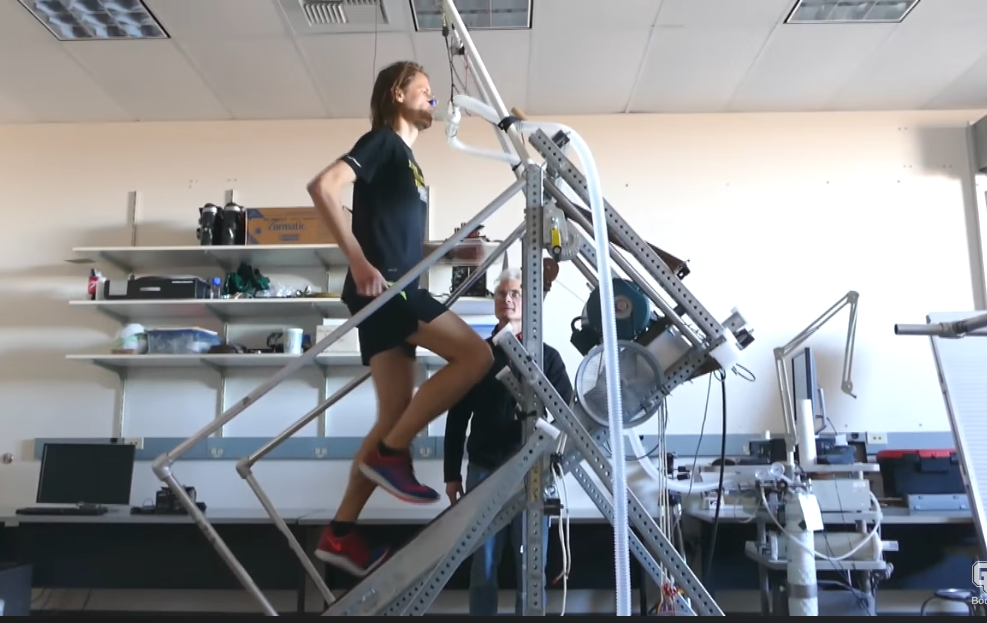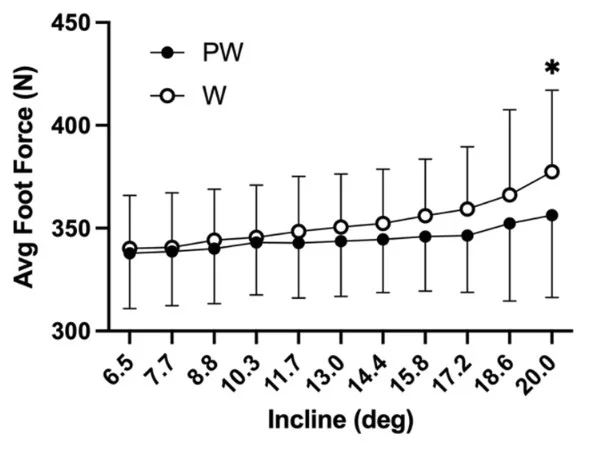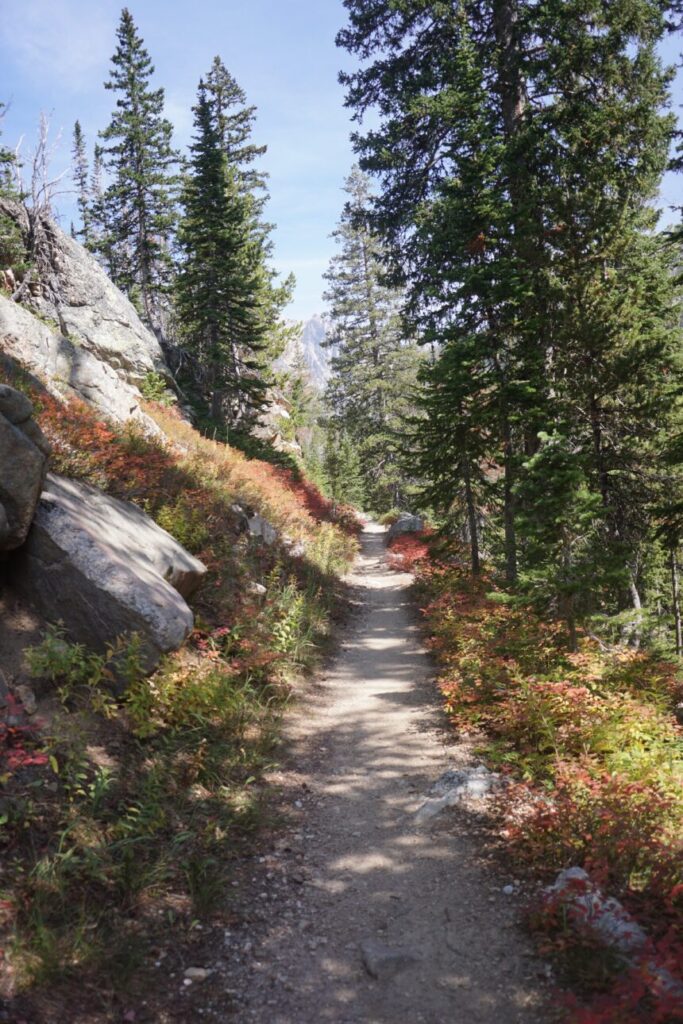Opinions among hikers are split.
On the topic of trekking poles, recreators are divided. Dedicated hikers passionately endorse their effectiveness, attributing them with a distinct advantage in rugged terrains. While many mountain enthusiasts opt for a hands-free approach, relying solely on their natural agility when traversing challenging landscapes.
However, the debate surrounding trekking poles need not be contentious. It’s important to acknowledge that these poles play a pivotal role in granting access to trails for individuals who might otherwise face limitations. Notably, what was once primarily a popular tool for European hikers has gradually gained traction in the United States.
Remarkably, this equipment found favor among a diverse spectrum of recreational enthusiasts, each possessing varying levels of ability. The rationale behind this widespread adoption is quite straightforward: the array of benefits that hiking poles bring to the table.
A Study on Trekking Poles:

In a recent 2023 study, Nicola Giovanelli delved into the potential advantages of trekking poles for athletes tackling inclined hikes. Giovanelli, a mountain running coach in Italy and a sports science educator at the University of Udine was spurred by a prior study to investigate a compelling question: Can hiking poles provide relief for the legs during uphill hikes?
To find out, Giovanelli and his team worked with 15 male athletes. They first tested these participants on a special steep 45° treadmill in their lab, and then they tested them outside on a real trail. The subjects underwent testing in both scenarios, utilizing a pair of hiking poles and also walking unassisted. Giovanelli’s team measured how much force their feet used (Ffoot), the force from the poles, their cardiorespiratory data, and how well they performed while walking uphill.


The results showed that using trekking poles didn’t exactly save the participants energy. However, the poles did help balance the force and reduce the strain on the leg muscles.
In essence, Giovanelli and his team concluded that while trekking poles might not offer direct energy savings, they certainly had a positive impact on athletes navigating uphill terrain. These poles assisted in maintaining a steady pace and lessening the strain on the leg muscles.
The findings of this study lead to the conclusion that incorporating trekking poles while hiking could potentially yield lasting health benefits by aiding in the preservation of leg muscles and joints.
Other Pros of Hiking Poles
In addition to this thought-provoking study, trekking poles offer these wonderful benefits:
- Aid in Injury Recovery: Trekking poles can be valuable aids for individuals recuperating from injuries. They provide crucial support during physical activity.
- Enhanced Accessibility: Walking poles play a role in expanding outdoor accessibility to a wider audience. This enables more individuals to partake in outdoor adventures.
- Improved Balance: Regardless of the terrain, trekking poles contribute to enhancing overall balance. This helps trekkers navigate tricky landscapes with greater confidence.
- Engagement of Upper Body: These poles allow hikers to engage their upper body muscles. Promote a more comprehensive and balanced workout during hikes with trekking poles.
- Efficiency in Walking: Hiking poles facilitate a swifter walking pace and a more effortless experience. Make uphill climbs and extended journeys feel more manageable.
- River Crossing Assistance: They prove especially useful when navigating moving water along rivers. The poles offer an extra layer of stability and support.
- Preparation for Ski Season: Utilize trekking poles to give an added advantage of preparing for the ski season. You engage similar muscle groups and foster coordination. 😉


Incorporating trekking poles into outdoor activities provides not only practical advantages but also a multifaceted enhancement to the overall experience.
If you’re inclined to join the ranks of walking pole enthusiasts, this article can guide you. Selecting the ideal trekking poles to suit the needs of individual hikers will vary.
And if hiking poles still don’t align with your preferences, that’s perfectly alright. However, you now have a bit more understanding of why they hold such popularity as hiking tools. Perhaps one day, you might even discover their usefulness for yourself.
Need a new trail to explore? Check out some local options.
Happy hiking no matter the season! 🙂


